During my time as an embedded researcher in Kapilvastu Municipality, Nepal, I had the opportunity to engage with numerous health workers across various healthcare institutions and to observe their daily tasks. I firmly believe that motivation plays a pivotal role in influencing how individuals carry out their responsibilities. In this blog, I will explain the factors that drive health workers and those that do not, drawing from my experiences and interactions with municipal healthcare professionals and system stakeholders. Additionally, I will incorporate insights from some motivational concepts. When referring to workers, I am specifically focusing on field-level health professionals, including paramedics and nursing staff, who operate within local healthcare facilities under the municipality.
What is motivation?
Motivation is a concept that has been explored by many scholars over time, and it mainly concerns how people initiate actions and behave. Essentially, motivation is the process of inspiring individuals to take action in order to achieve their desired goals. It’s the driving force that either encourages or discourages us from doing something. In broader terms, motivation can be divided into two types: extrinsic motivation and intrinsic motivation. Extrinsic motivation focuses on external factors that influence us, such as rewards, money (incentives), job position, performance appraisals, punishment, opportunities, and competition. On the other hand, intrinsic motivation looks at internal factors within an individual, like their enjoyment of a task, personal interest, opportunities for personal growth, self-determination, a sense of competence (knowledge, skills, experience), fear, and a sense of responsibility.
I strongly believe that motivation is crucial. It serves as the fuel to drive both individuals and teams to consistently perform their daily tasks with excellence. Furthermore, motivation plays a vital role in fostering creativity and innovation, making individuals and teams more effective and efficient.
Government initiatives to motivate health workers
Kapilvastu Municipality, located in Lumbini province, Nepal, is the study area for our project on strengthening health system resilience. The district shares its border with India, facilitating substantial cross-border movement on a daily basis. Within the municipality, a diverse range of healthcare facilities, including basic health care centres and health posts, operate under the municipality’s administration, with 47 health workers, 15 support staff and 136 Female Community Health Volunteers (FCHVs) providing services to the community.
Recognising the important role of motivation in the delivery of quality healthcare, both the federal and local governments have devised several strategies to keep health workers motivated. These initiatives include a wide array of measures. For instance, they conduct annual performance appraisals to assess and reward health workers based on their contributions. Internal promotion opportunities are provided to encourage career growth within the organisation. Field allowances offer additional compensation for those engaged in fieldwork, while communication allowances ease the financial burden of work-related communications. Uniform allowances help maintain workers’ professional appearance which helps identify them in the community. Health workers are also granted unpaid leave for further education, fostering personal and professional development.
Additionally, programme-based training equips them with specialised skills, and annual grade additions acknowledge and promote continuous skill development. Top performers are rewarded annually as well. The Health Office further identifies the three best-performing healthcare institutions within the Kapilvastu district each year, based on the Minimum Service Standards (HP-MSS) score, recognising and honouring their commitment to quality healthcare.
Recently, Kapilvastu Municipality has allocated a budget to incentivise and reward the best-performing health facilities and health workers, aiming to boost motivation among all healthcare professionals and enhance service quality indicators. These efforts aim to motivate health workers to continue to deliver vital healthcare services to the community.
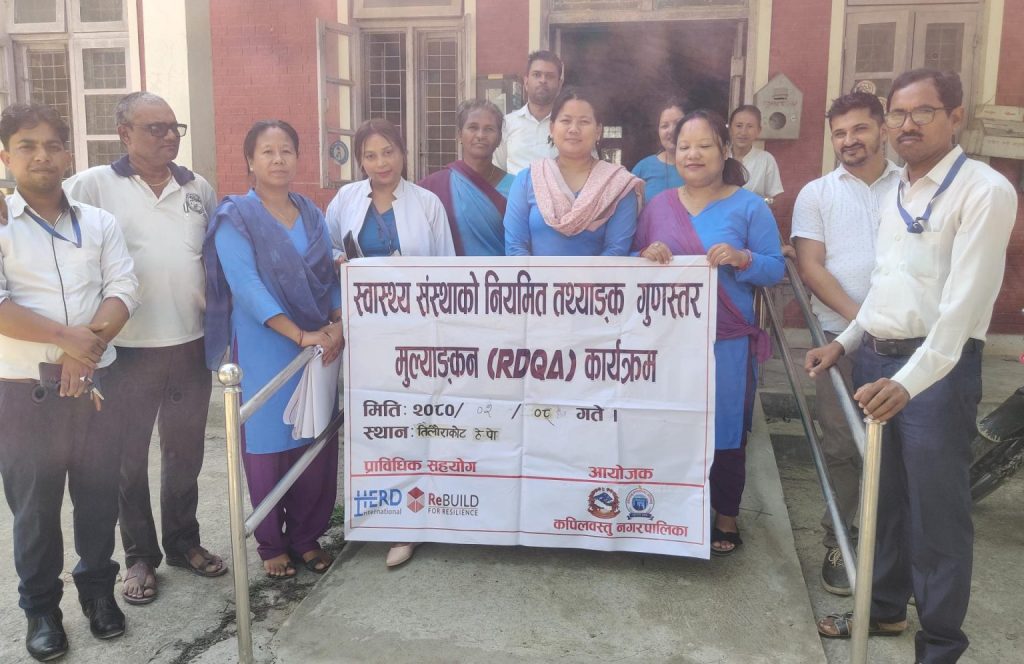
Health workers’ perspectives
The local government has implemented certain extrinsic motivation measures, such as covering the cost of refreshments for monthly meeting of FCHVs and the Health Facility Operation and Management Committee (HFOMC), with the aim of regularising these gatherings in healthcare facilities. However, one health worker pointed out that this funding often goes unused due to the irregularity of HFOMC meetings.
Another motivator involves providing field allowances to health workers involved in activities like immunization clinics, outreach clinics, and post-natal care (PNC) home visits. This has proven effective in making these services more consistent. Nonetheless, concerns have arisen about the quality of the reported data, indicating a need for verification due to gaps in recording and reporting. A health worker emphasised the importance of monitoring and supporting field-level activities to ensure they effectively reach their intended beneficiaries.
Similarly, changes in position or role have shown mixed effects on health workers’ motivation. One health worker noted that their efficiency and approach improved when they assumed a new role with added responsibilities. A health post in-charge expressed enjoyment in serving people rather than focusing solely on administrative tasks, which had felt burdensome. This illustrates the significance of aligning individuals with roles that match their interests and competencies to enhance motivation and performance.
Additionally, the health office has introduced competition-based rewards for health posts who performed best as per their Minimum Service Standards (MSS) scores. The municipality has also initiated a mechanism to reward best-performing health facilities and health workers through its annual workplan and budget. A health post in-charge said this recognition instils pride among the employees of the honoured health posts and motivates them to perform better.
While the municipality and federal governments primarily emphasise extrinsic motivators, the change in dedication and enthusiasm to perform duties among the health workers are less noticed. Over-emphasis on extrinsic motivators may subsequently decrease intrinsic motivation to perform their duties. Therefore, it is crucial to also consider intrinsic motivational factors as well. These include recognising health workers’ interests and boosting their confidence, leading to sustained performance and creativity.
The evidence (see Ryan & Deci, 2016 – opens new tab) indicates that intrinsic motivation, though challenging to cultivate, tends to be longer-lasting and self-sustaining. In addition to financial incentives, practices like appreciative inquiry, fostering positive deviance to nurture self-determination and a sense of duty, addressing worries and promoting accountability, conducting in-person sessions for grievance expression, and providing exposure such as training and leadership opportunities, excursion visits and continuous support are all vital in maintaining health worker motivation.
A person can only be well motivated if there is balance in internal and external drive. A well-motivated health worker has the drive and enthusiasm to deliver quality healthcare which in turn is a foundation for building a resilient and responsive health system.
Conclusion
Based on my observations, it is evident that health workers in local healthcare facilities are deeply passionate about serving their communities. Despite their enthusiasm, several factors have led some workers to adopt a negative mindset that ‘things will remain unchanged or that their individual efforts will have little impact’. These perspectives are influenced by the significant challenges facing the healthcare system, including its inability to fully meet the healthcare needs of the population, a lack of cooperation among stakeholders, and the limited voice of health workers in decision-making processes.
Conversely, I also encountered health workers who firmly believe that ‘everyone’s commitment counts and leads to change’. Many health workers view their service as a source of social prestige, motivating them to remain dedicated to their work and to please their communities.
While the municipal government has introduced various initiatives to motivate health workers, these efforts primarily focus on external factors. It is imperative that intrinsic motivators are also considered to sustain and enhance health worker motivation. Such motivators may include supportive supervision, in-person sessions to express grievances and confusion, support in developing confidence to perform certain tasks, and periodic sensitisation on their duties and responsibilities.
Furthermore, adopting a practice of performance-based incentivisation at the individual level has the potential to inspire each health worker to perform at their best. However, these factors may not sustain motivation. Thus, focusing on the mixed approach – combining external and internal motivating factors – is essential to keep health workers motivated, ultimately benefiting both the healthcare system and the communities they serve.
The blog is also accessible at REBUILD for Resilience Website.
(The views expressed in this blog are solely the author’s own and do not necessarily represent the opinions of the funding agency or any other organisation associated with the project.)
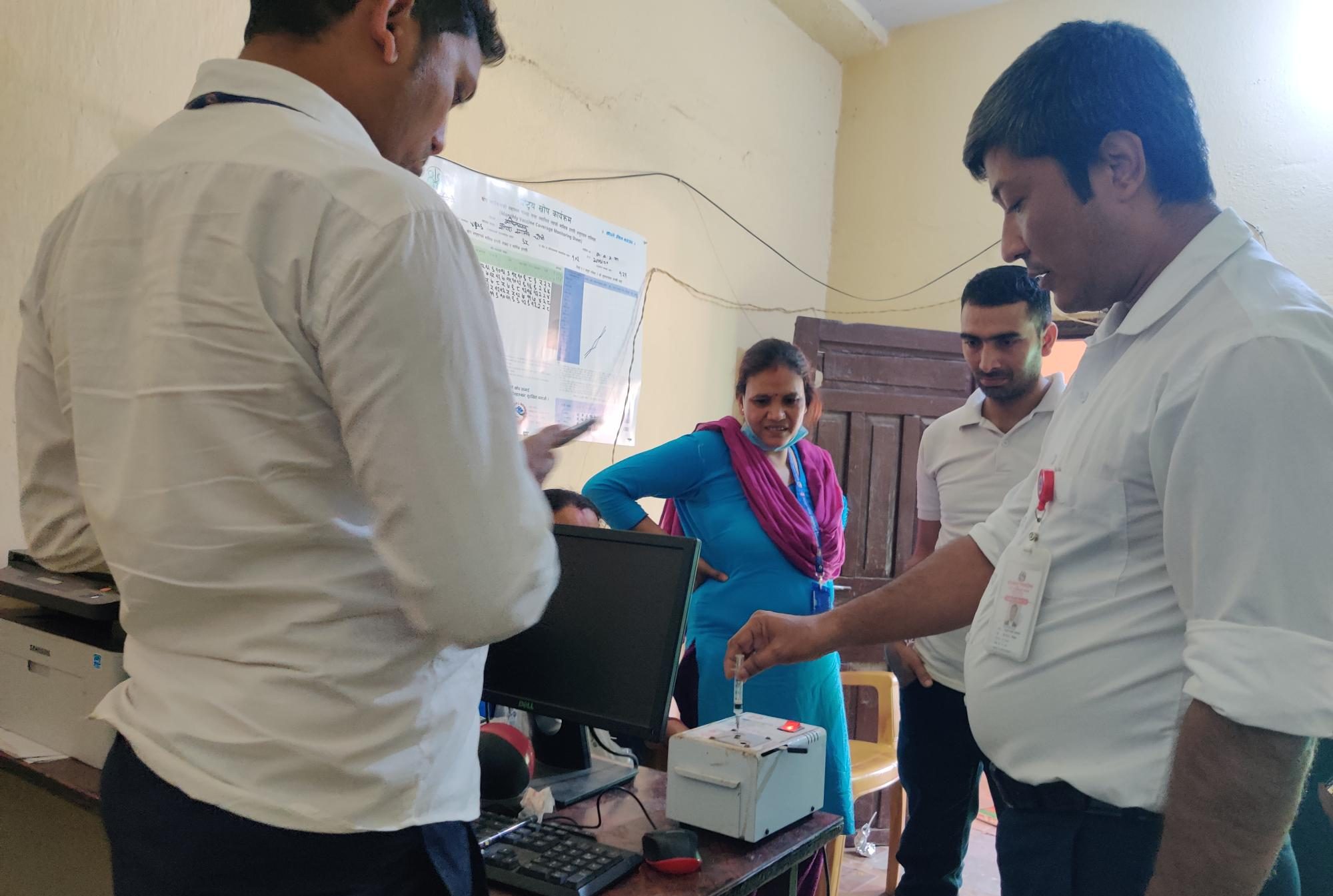

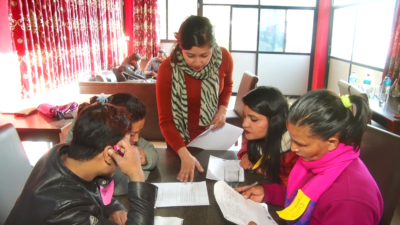
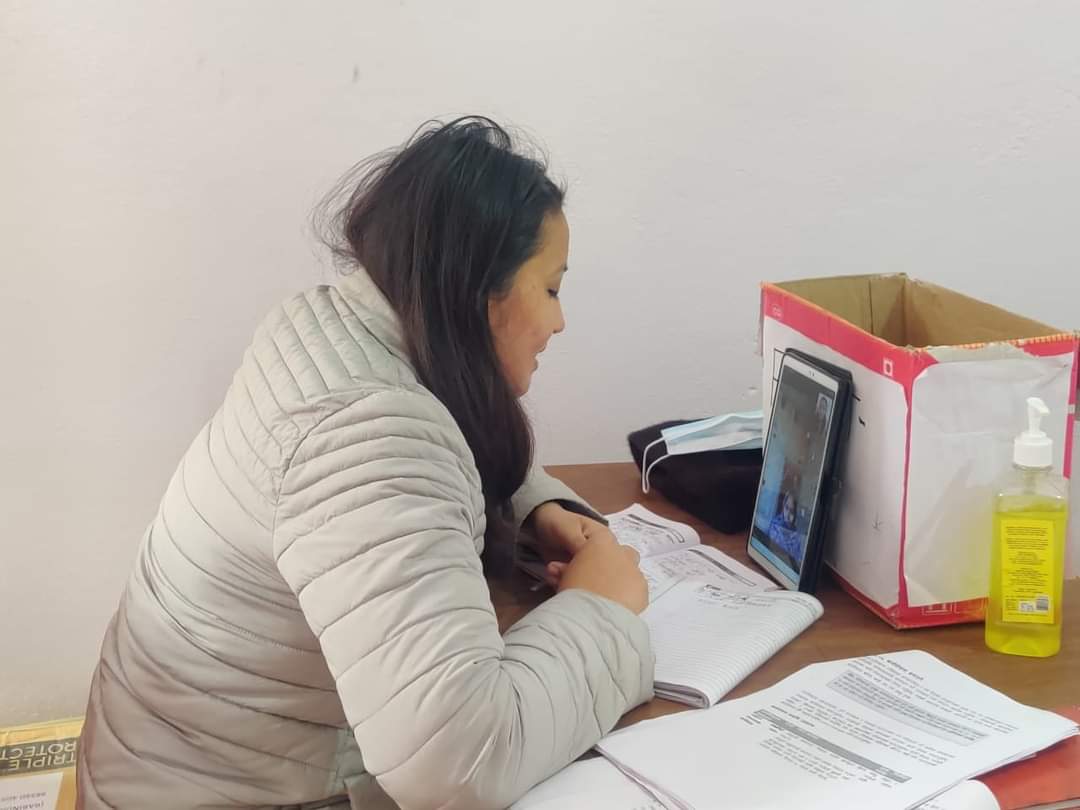

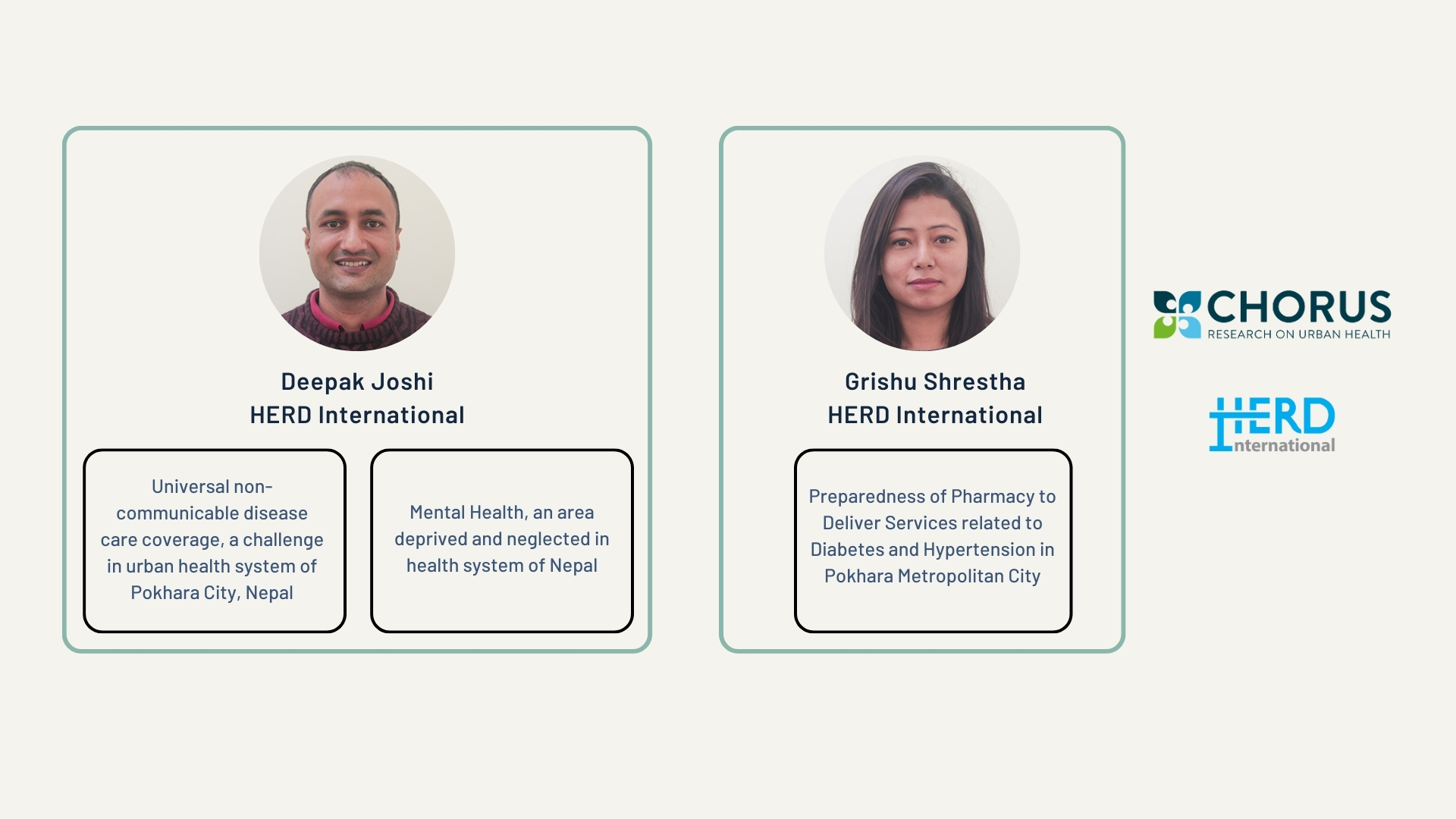



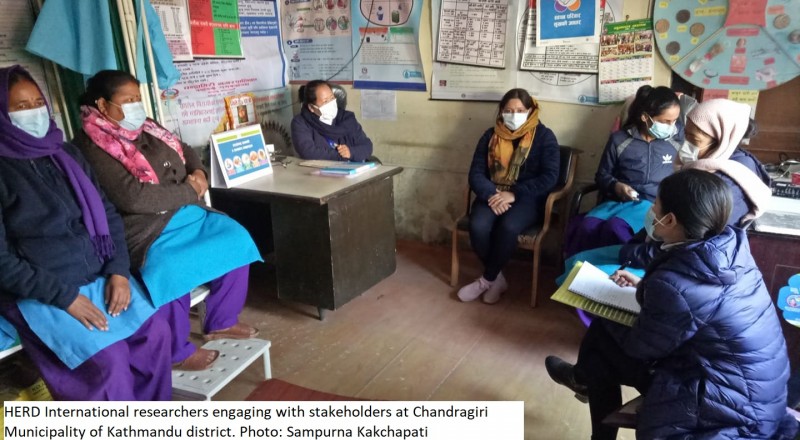
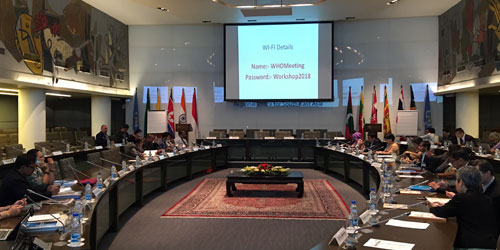

Comments (0)
No comments found.